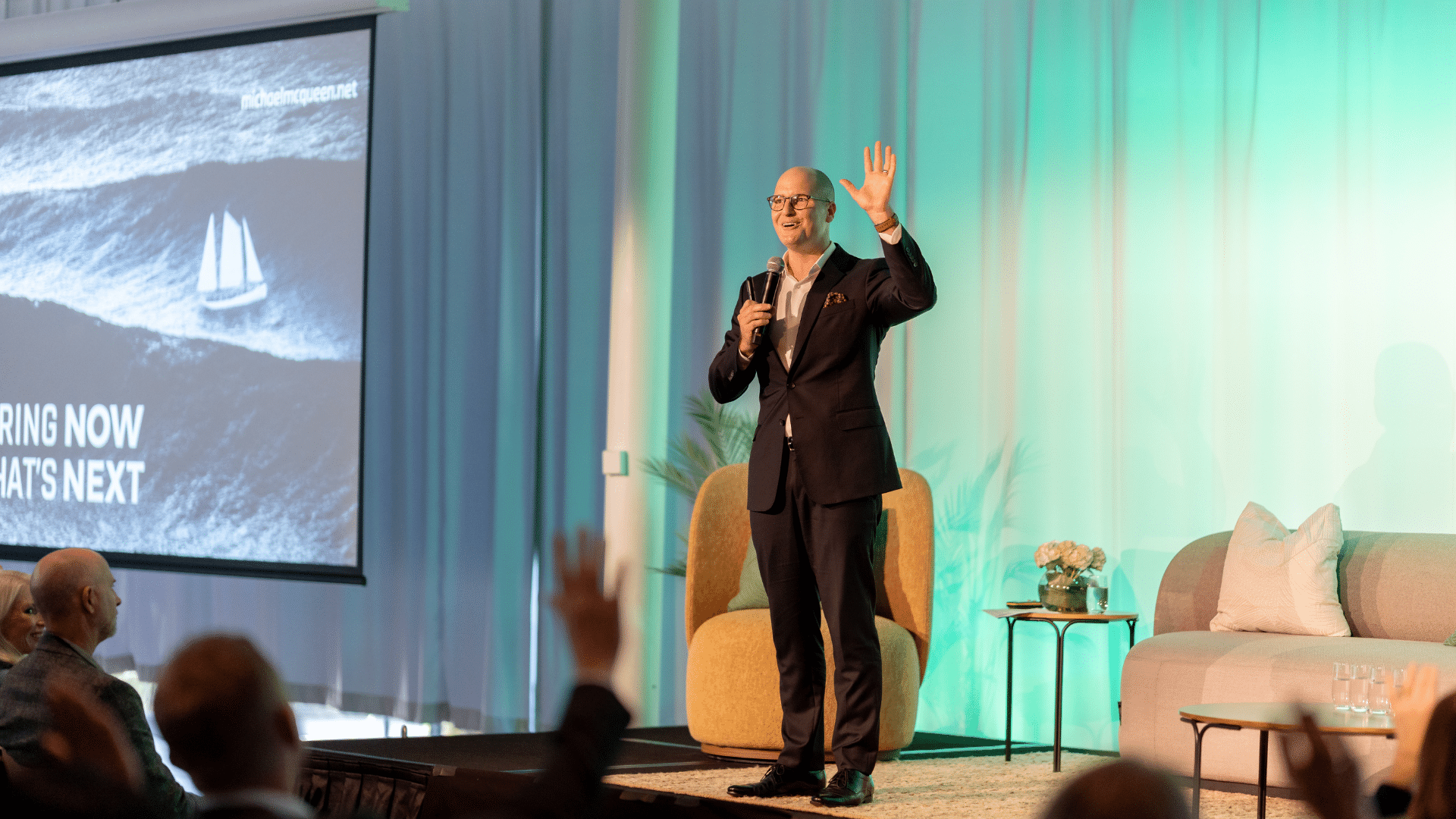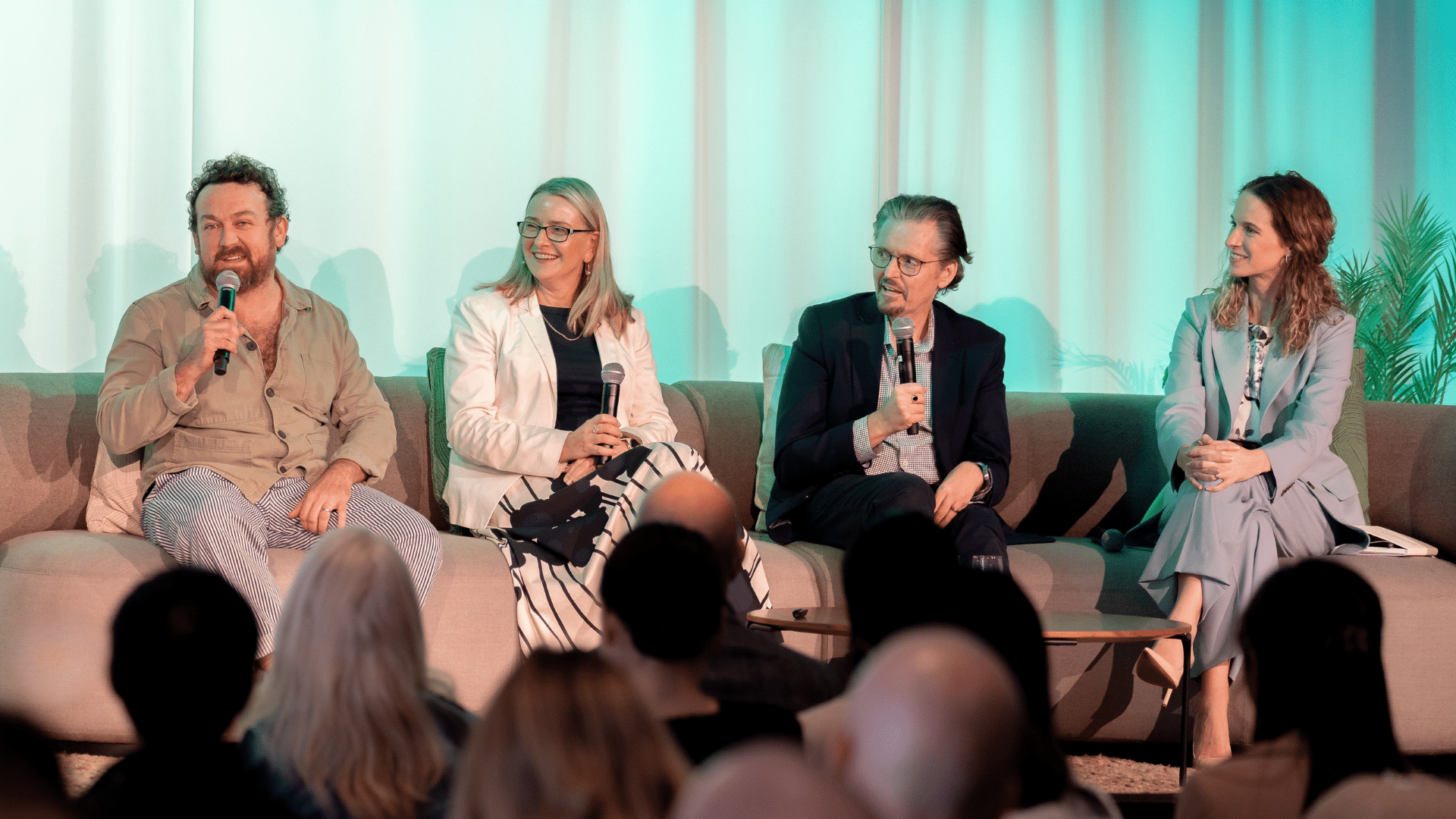
In the race to optimise office space, many organisations jump straight to spatial solutions. But what often gets overlooked is the human element – how people behave, collaborate, and connect within those spaces.
Spaceful’s Global Workplace Strategy Director, Tica Masuku, shifts the focus from space to people. She highlights why understanding human behaviour, such as territoriality, team dynamics, and flexibility, isn’t just valuable, it’s vital to workplace strategy. After all, a beautifully designed office that doesn’t support how people actually work isn’t just a missed opportunity, it can limit performance.
When it comes to workplace strategy, it is often assumed that solutions are based on space alone. But in reality, it’s a much more complex interplay between spatial design and behavioural dynamics.
Take downsizing, for example. An organisation might be considering reducing its office footprint to optimise its real estate portfolio—perhaps taking on less space to free up capital for better design. But how much can they downsize? The answer doesn’t lie in space alone, but in the underlying human behaviours that shape how people work and interact. And that’s where the real complexity begins.
To get this right, we first need to understand how the workforce currently operates i.e. the organisation’s work model. This includes things like flexible working, time spent working from home, or time spent at client sites. In other words, how mobile the workforce really is. These behavioural patterns must inform any spatial decision otherwise, well-intentioned design decisions can miss the mark.
People are inherently territorial. There’s nothing wrong with that. In fact, creating a ‘sense of place’ is a fundamental part of being human. It shapes our overall experience of the workplace and, more broadly, our sense of belonging within the organisation. Remove the sense of place without a plan, and productivity often takes a hit.
There’s a common assumption that removing neighbourhoods will help people connect with more colleagues. However, we don’t always introduce ourselves to the people we sit next to. Yes, human connection is important, but it often takes effort and sometimes it’s just easier to get on with work.
‘Taking away’ personal space within the workplace can leave people feeling lost and disconnected, particularly if they can no longer sit with their team members. Additionally, introducing drastic change – such as moving directly from cubicles with assigned seating to an open-plan layout with high desk-sharing ratios and no clear team neighbourhoods – can be counterproductive. In these cases, two things usually happen:
- People end up sitting at the same desk, or in the same area anyway. This is because a combination of our territoriality and the need for a ‘sense of place’ kicks in.
- People often end up scattered, no longer sitting with their teams. Without defined neighbourhoods, coordinating where to sit becomes time-consuming and only gets more difficult when desk-sharing ratios are high. One of our studies revealed employees comparing a new office to ‘The Hunger Games.’
Yes, you may end up with a more beautiful aesthetic design, but if employees can’t find their teammates, feel displaced, or spend time hunting for a desk, the experience suffers. Sophisticated finishes and innovative design elements might impress visitors and look striking in photographs, but they don’t necessarily translate to a better everyday experience for employees. A great workplace needs to function, not just please the eye.
So, when it comes to workplace strategy solutions, it’s not just about space. It’s a deep dive into people’s behaviours (current and expected) to inform the spatial solutions. It also comes down to how much change management an organisation is willing to invest in to make things work.
The most successful workplace strategies acknowledge natural human behaviours, like our territorial nature, while thoughtfully guiding us toward more flexible ways of working where it makes sense.
When we balance aesthetic ambition with behavioural realities, we create workplaces that don’t just look impressive but genuinely enhance the everyday experience of the people who bring them to life.


